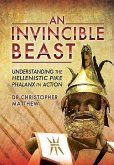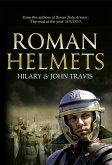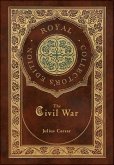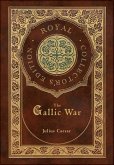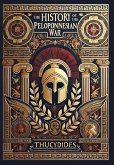Examines the long-term social, biological, and material impacts of warfare across prehistoric to medieval archaeological contexts. The archaeology of war has often focused on combatants and weaponry, prioritising the conflicts themselves over their aftermath. Yet in today's world, with ongoing and emerging wars, archaeology must also address the precarity and long-term consequences of armed conflict for all parties involved. This edited volume examines how the short- and long-term impacts of warfare appear in the archaeological record from prehistory to the medieval period. For the defeated, consequences may include poor diet, ill-health, physical trauma, and higher mortality - visible in bioarchaeological evidence. Victorious communities, conversely, may benefit from plundered resources, leading to wealth and improved living conditions for some. Conflicts can also trigger migrations, whether through forced displacement or deportation, well-documented in historical texts but harder to trace in periods without written records. Finally, warfare can leave settlements and landscapes destroyed, rendering them less hospitable. Understanding the trauma of war requires examining its corporeal and material dimensions. The chapters in this volume explore who gains and who suffers in the wake of conflict, through case studies from prehistoric Iberia, ancient Egypt and Nubia, Roman Britain, the eastern Roman provinces, the Late Antique Balkans and Eastern Mediterranean, medieval Anatolia, Viking Scandinavia, and medieval India.
Bitte wählen Sie Ihr Anliegen aus.
Rechnungen
Retourenschein anfordern
Bestellstatus
Storno


